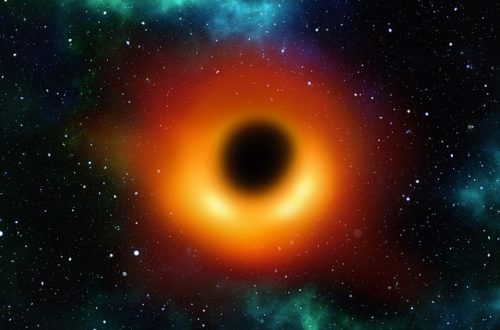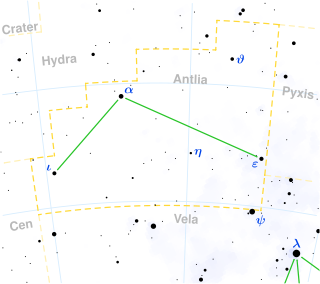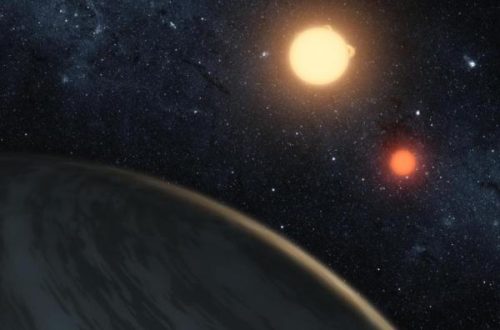The Roche Limit – What Happens When a Moon Gets Too Close?
The Roche limit is a fascinating phenomenon that occurs when a moon gets too close to its host planet.
In this article, we’ll break down the science behind this phenomenon and explore the different factors that influence it. Get ready to dive into the world of celestial death spirals!
What is the Roche Limit?
The Roche limit, also called Roche radius, refers to the distance within which a celestial object, such as a planet or moon, will be destroyed by tidal forces due to the gravitational pull of a larger object, such as a star. Beyond this limit, the object will be held together by its own gravity. The Roche limit is determined by the density, size, and mass of the objects involved.
The Roche limit is named after Édouard Roche, a French astronomer who first described it in 1848. Another concept also named after him is the Roche lobe.
How Does the Roche Limit Work?
The Roche limit is essentially the distance at which gravity between two objects, such as a planet and a moon, is no longer strong enough to overcome the tidal forces acting on the smaller object. These tidal forces are created by the difference in gravitational pull between the near and far sides of the smaller object, and they can cause the object to break apart if they are too strong.
When a moon gets too close to its parent planet, it can experience catastrophic consequences due to the Roche limit. The outcome is for the moon to break apart into rings, which can be seen in the case of Saturn’s rings.
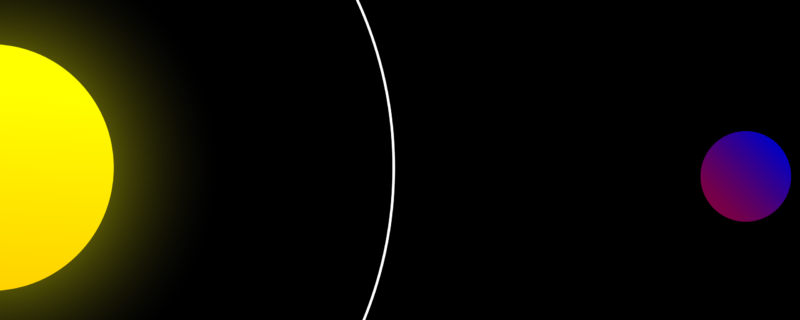

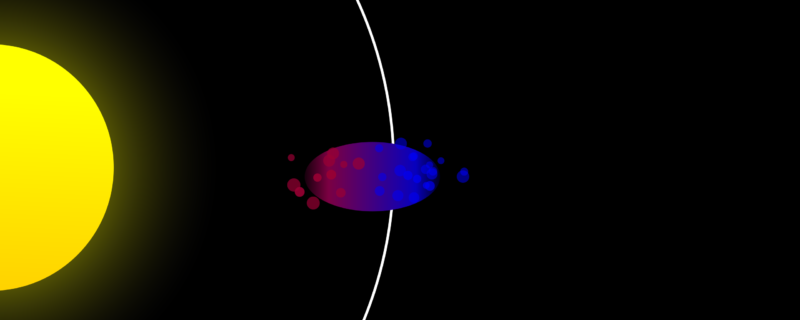
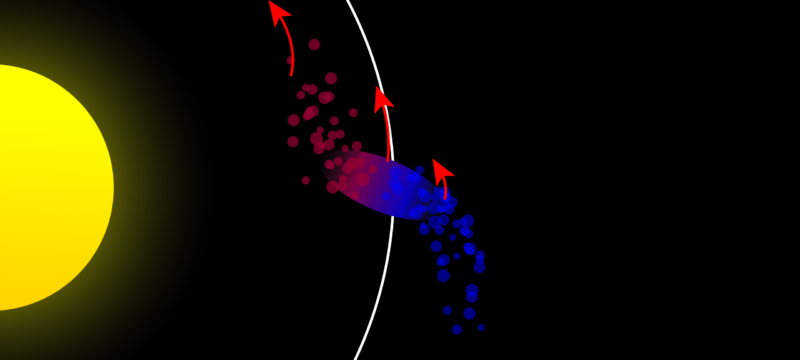
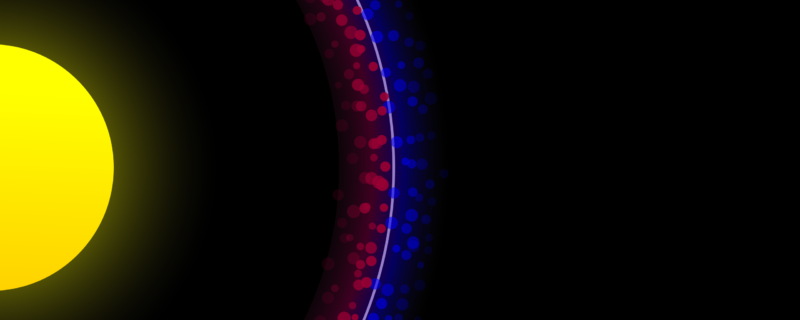
Examples of Objects Affected by the Roche Limit
The comet Shoemaker-Levy 9 famously broke apart and collided with Jupiter. Unusually, this comet was orbiting Jupiter rather than the Sun. It got pulled within the Roche limit of Jupiter and the tidal forces pulled it apart in 1992. The fragments finally collided with Jupiter in 1994.
Another example is Saturn’s moon, Pan. It is a small moon that orbits within the Encke Gap of Saturn’s A Ring. Due to its proximity to the planet, Pan is close the Roche limit, causing it to take on a unique shape that resembles a ravioli.
Another moon that will be affected by the Roche limit in the future is Mars’ moon, Phobos. Phobos orbits Mars at a close distance, making it vulnerable to tidal forces that are gradually pulling it closer to the planet’s surface. Scientists predict that Phobos will eventually be torn apart by these tidal forces, forming a ring around Mars, within an estimated 30-50 million years.
Conclusion
In conclusion, the Roche limit plays a crucial role in determining the fate of moons orbiting planets. Through understanding the physics behind this phenomenon, we can accurately calculate the distance at which a moon will break apart or collide with its parent planet.
By understanding the principles behind this phenomenon, we can better comprehend how planets, moons, and other objects interact with each other and their environments. Moreover, the Roche limit is a crucial factor in determining the fate of many celestial bodies, from comets to binary stars. It has also helped explain the formation of planetary rings and the diversity of moons observed in our solar system.
As we continue to explore space and discover new moons and planets, this concept will remain an important tool for understanding the dynamics of these celestial bodies.
Related concepts: Roche Lobe, Hill Sphere.
Would you like to receive similar articles by email?



